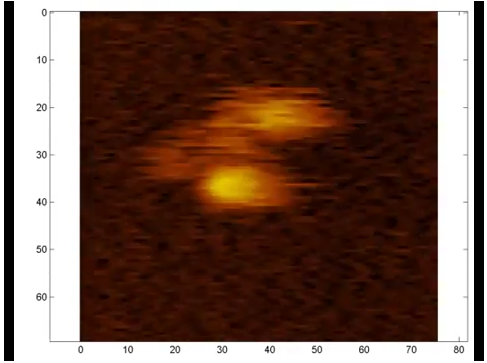New film of DNA process could help research into Zika virus

Scientists in Delft have made the first film of a protein that plays a key role in the construction of new cells using DNA.
Researchers say the film, made with an atomic force microscope, sheds new light on the process that enables long strings of DNA molecules to be ‘folded up’ into a cell measuring a few micrometres. It could also provide insight into the behaviour of the Zika virus, which is suspected of causing microcephaly, and other conditions that affect cell reproduction.
The team at the TU Delft’s Kavli Institute of Nanoscience and the European Molecular Biology Laboratory in Heidelberg isolated and filmed a single molecule of condensin, a protein involved in the construction of DNA cells. Ensuring every new cell contains a complete set of DNA material is a crucial feature of cell division.
Hair clip
Previously it was thought condensin behaved like a hair clip, opening and closing to fix the DNA in loop-like strands. But the film suggests the cell is more like an elastic band, rapidly stretching and contracting to sort the molecules in the cell.
‘We witnessed condensin as an extremely dynamic molecule, darting back and forth before our eyes under the microscope,’ said researcher Jorine Eeftens. ‘We also discovered that condensin has four different positions rather than two: not just open and closed, but also a sort of double loop and a semi-open position.
‘Condensin probably uses these different positions to attach to the DNA before storing it away compactly. We are now conducting further experiments to find out exactly how this works.’
Thank you for donating to DutchNews.nl.
We could not provide the Dutch News service, and keep it free of charge, without the generous support of our readers. Your donations allow us to report on issues you tell us matter, and provide you with a summary of the most important Dutch news each day.
Make a donation